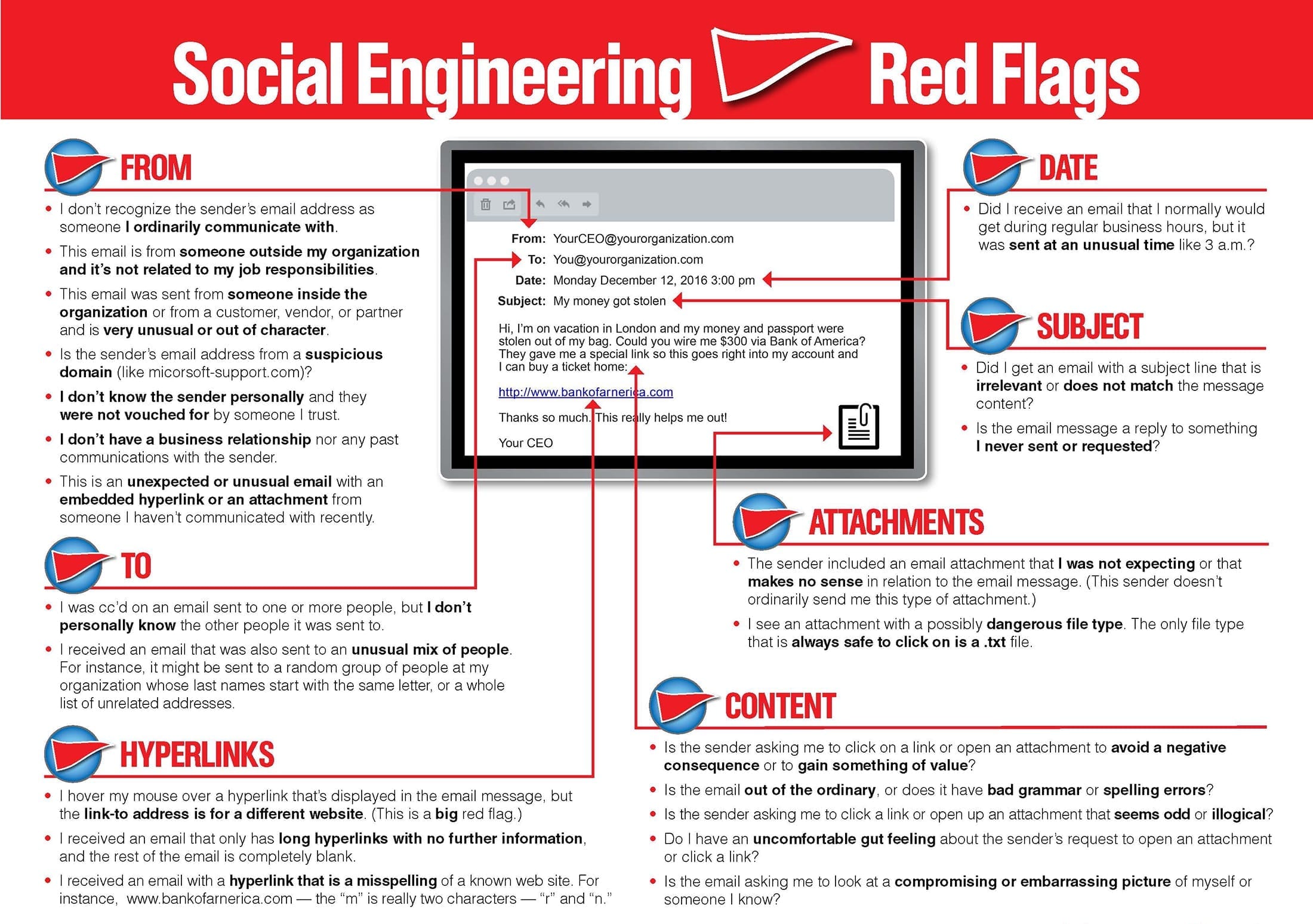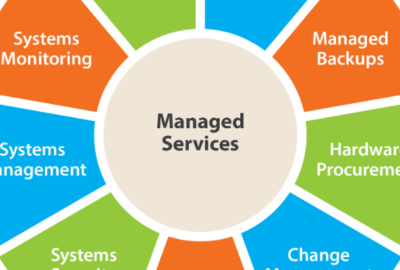Products and Services
10 Reasons to Take a Proactive, Rather than ‘Break-Fix,’ Approach to IT Support
Eddy Guerrero, IT Director
For years, small to mid-sized organizations followed a simple pattern when it came to managing their IT environments: Wait ’til something breaks, then call somebody to fix it.
One could argue that this “reactive” approach had its advantages. Common wisdom says that “if it ain’t broke, don’t fix it,” right? If your business is short on money, you’re probably looking for places to cut, and, in general, you don’t want to pay for something you don’t need.
But, looking more closely, a reactive approach to IT support has more disadvantages than advantages. A “proactive” approach is more efficient and strategic – even for organizations focused on keeping costs to a minimum. Here are 10 reasons why engaging a managed service provider (MSP) on a “proactive” basis saves time, money, stress and other complications in the long run.
Better to get ahead of problems
If IT support were like car maintenance, a reactive car owner would wait for his brakes and timing belts to wear down to a nub before replacing them. That’s not smart. A proactive car owner makes sure his mechanic keeps an eye on these functions and replaces them before they fail. Same goes for servers and software. Having an MSP monitor for issues reduces the likelihood that a system would go down at an inopportune moment.
More heads lead to better solutions
Having a team in place to monitor for problems and handle them gives you the IT support strength of a much larger institution. Sometimes that’s necessary. If it’s a simple problem that affects multiple users – missing files, trouble logging on – a team approach ensures that support tickets don’t pile up. If it’s a complicated problem, an MSP team has multiple professionals trained to identify it and trouble-shoot it on the spot. With a proactive support structure in place, technicians can route the issue to the right person, who is either trained in advanced components or simply more familiar with a certain department’s issues.
You can get visibility into the whole infrastructure
It’s one thing to fix a particular user’s problem. It’s another to identify the root cause of the problem and enact strategies to reduce the likelihood that the problem will repeat itself. Ditching the so-called “break-fix” approach, an organization can work proactively to head off issues that can not only crop up again but become worse over time.
Short-term savings can be a mirage
If you’re trying to save money by dealing with problems one by one, you’re taking your chances. You never know if or when you’re going to face a really big problem that eliminates all the savings in one swipe. Part of the problem is that repair organizations tend to charge more on a case-by-case basis than they do on a long-term engagement. Plus, having a partner working with you proactively ensures that they know your systems and your organization inside and out, enabling them to spend less time on any one fix.
It’s better to know your budget up front
Also, on the budget front, nothing’s worse than encountering unexpected surprises. Your finance chief wants to be able to project expenses throughout the year. You can do that if you utilize a proactive approach to IT support. An MSP can work with you to structure a plan that either spreads costs out over an annual basis on bills them at a time when cash flow is flush. Unexpected charges that show up when you haven’t planned for them can throw budgets out of whack.
You can schedule upgrades and updates
IT systems, of course, need to be maintained. Servers need rebooting, firmware needs to be updated and software needs to be patched. If a team is keeping an eye on your systems, it can run reports to determine when performance is slipping, and it will know when it’s time for regular maintenance. Not only that: Teams that really work proactively can partner with organizations to get updates on when to avoid shutdowns. Using a proactive approach, MSP teams can schedule updates for optimal times, ensuring that servers won’t go offline three hours ahead of the big project deadline.
You can plan long-term fixes
On the same front, a proactive organization can plan projects to optimize systems’ performance over a long-term basis. This isn’t possible using a reactive strategy. Handling issues one by one makes planning a guesswork exercise at best. Using a proactive approach, teams can work with business leaders to scale projects over time and configure IT systems to make it easier for the organization to meet its revenue goals.
Don’t underestimate security concerns
While security exploits, by nature, tend to catch IT leaders off guard, organizations can’t afford to sit back and wait for problems to occur. They have to take action. They have to work proactively to create security plans, protect the network against basic threats and outline steps that need to be taken if systems get breached. If you adopt a reactive posture, you’ll end up spending valuable time researching solutions when your organization needs you to get the network back on line.
Planning ahead ensures business continuity
Whether it’s caused by a security breach or by another kind of system-related issue, downtime is costly. Your business has to work proactively to set up disaster recovery plans and implement software solutions that keep business up and running. Working with your MSP on these plans ahead of time can help you avoid major disruptions in your business.
Peace of mind: priceless
If business problems are keeping you up at night, you’re not working at full capacity during the day. And, chances are, your business itself is suffering. Reacting to problems that crop up at times when you can least afford them saps your strength and puts pressure on the business. Taking a proactive approach doesn’t eliminate problems. But it will make them easier to plan for and easier to manage, giving you and your business that valuable gift: peace of mind.
If your organization is looking for a proactive approach to your technology, feel free to contact us for a consultation.








